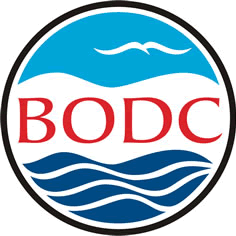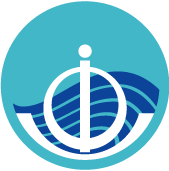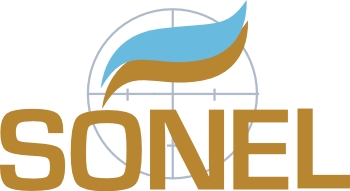What is GLOSS?
The Global Sea Level Observing System (GLOSS) was established by the UNESCO Intergovernmental Oceanographic Commission (IOC) in 1985 to establish a well-designed, high-quality in situ sea level observing network to support a broad research and operational user base.
GLOSS provides oversight and coordination for global and regional sea level networks that supports the oceanographic and climate research communities based on feedback and direction from within these communities. GLOSS remains under the auspices of the IOC and is one of the observing components under the World Meteorological Organization (WMO)/ IOC Joint Technical Commission for Oceanography and Marine Meteorology (JCOMM).
GLOSS contributes to the Global Ocean Observing System (GOOS), particularly its climate, coastal and operational service modules, through the progressive development of the sea level measurement network, data exchange and collection systems, and preparation of sea level products for various user groups.
For a complete description of the GLOSS program, see the latest GLOSS Implementation Plan.
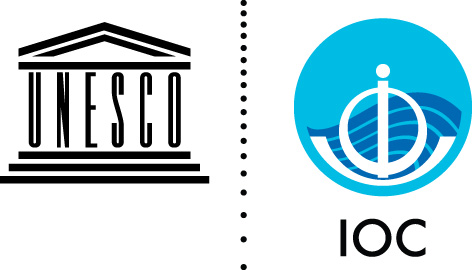

The GLOSS Core Network (GCN)
The backbone of the global tide gauge network is the GLOSS Core Network (GCN), a global set of ~300 tide gauge stations that provide optimal sampling of the global ocean. GCN gauges were allocated to each island or group of islands at intervals not closer than 500 km, and along continental coasts at intervals generally not less than 1000 km. Preference was given to islands in order to maximize exposure to the open ocean.
Maps showing the status of the data streams from each GCN station can be found on the PSMSL website here: status maps.
A list of the GCN stations can be found here, and the locations of the current GCN are shown in the figure below. The various GLOSS data centers provide different types of data for each station with different resolutions and levels of quality-control. A good place to start is the GLOSS Station Handbook, where clicking on a particular station and following the link to the station page will provide links to the different time series available for that station.
The GLOSS Core Network (GCN)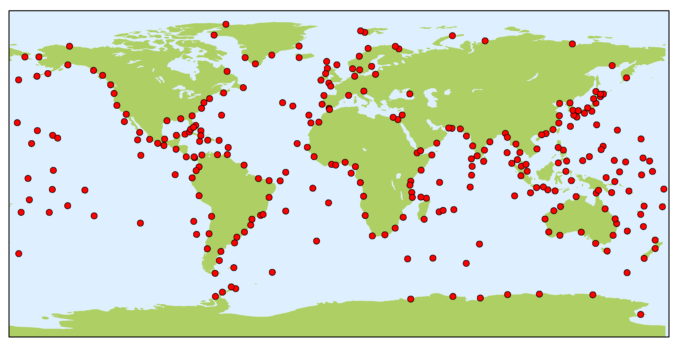
Role of the UHSLC
The UHSLC has played an integral part in the establishment and maintenance of the GLOSS Core Network of stations. Technicians at the UHSLC have considerably expanded the in situ sea level observation network, particularly in the Pacific and Indian Oceans, and many of these stations are visited and serviced regularly by the UHSLC.
The UHSLC also operates the GLOSS Fast-Delivery Center, which is responsible for assembling and distributing a version of GLOSS sea level data that has undergone preliminary quality control by Member Nations and includes supporting metadata information. “Fast-Delivery” implies posting of the data within 1-2 months. The UHSLC provides Fast-Delivery quality control services for Member States that do not have that capability.
The Joint Archive for Sea Level (JASL) hosted by the UHSLC acquires hourly datasets from GLOSS and non-GLOSS tide gauges from around the world that have received a final quality assessment from the data originators. JASL provides an independent check of the data, primarily to identify any remaining outliers, timing issues, or datum shifts. Any quality issues with the data are brought to the attention of the data originators for reconciliation. JASL then assembles a single hourly time series for each station, or a series of sub-records if datum changes occur over time. The JASL dataset therefore represents a “data product”, as problematic data points are not simply flagged and left in the records as they are by BODC for the GLOSS Delayed Mode Dataset, but changes to the data actually are implemented by JASL analysts (e.g., level adjustments, timing shifts, outlier removal). These changes are documented in the metadata information.
Other data centers
GLOSS is a global endeavor requiring the coordinated participation of an international group of agencies. In addition to the UHSLC, the following data centers provide complimentary GLOSS data streams while helping to shape the future of the global in situ sea level observing network. In general, GLOSS data centers are associated with scientists involved with sea level research, which helps to maximize the quality of GLOSS datasets.


